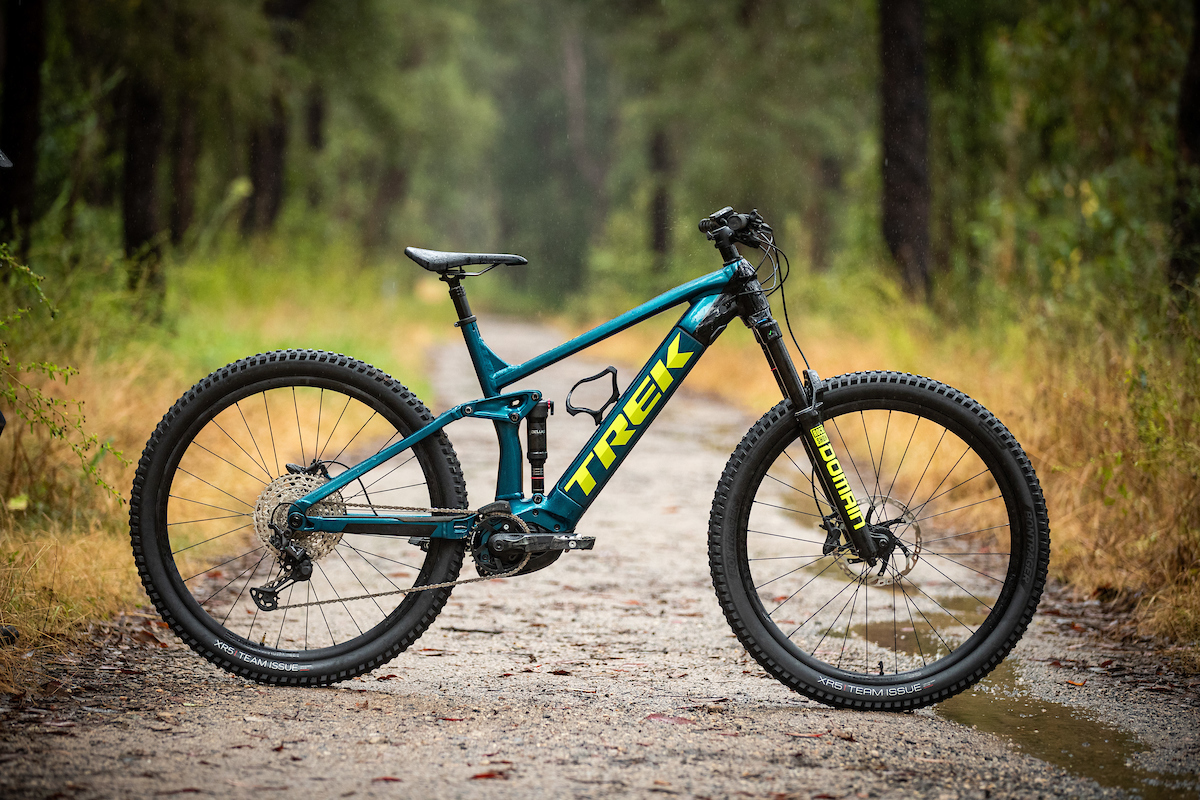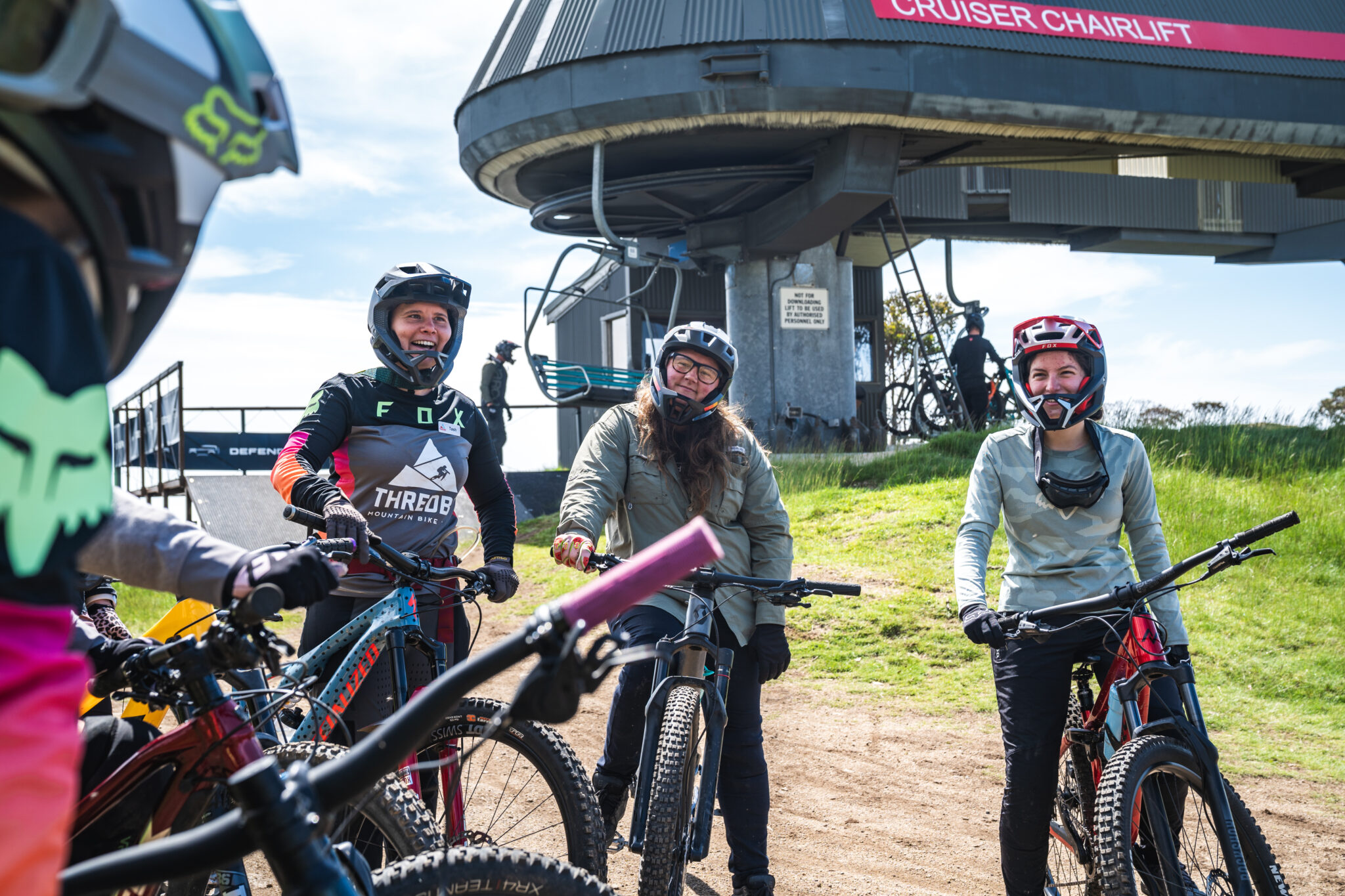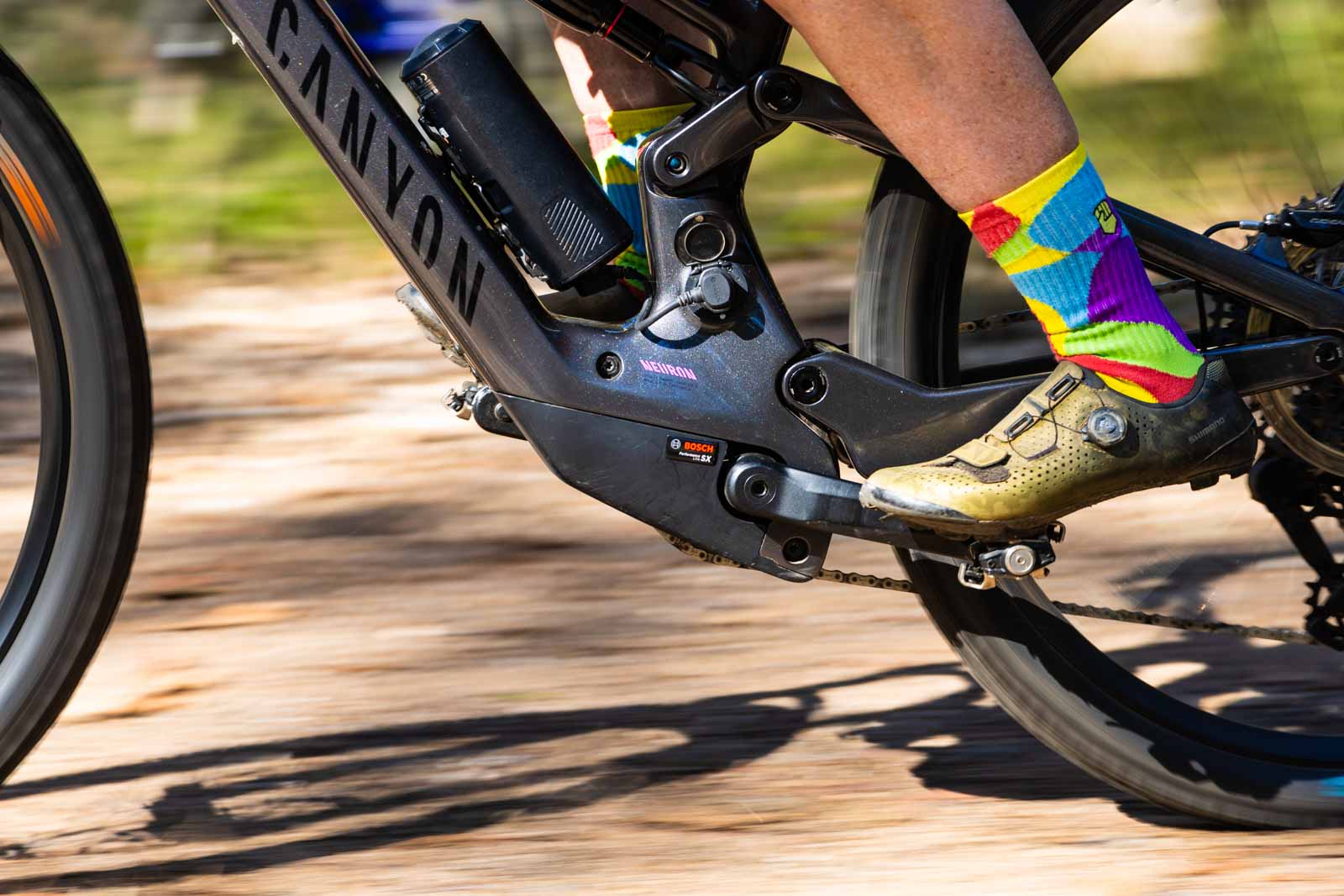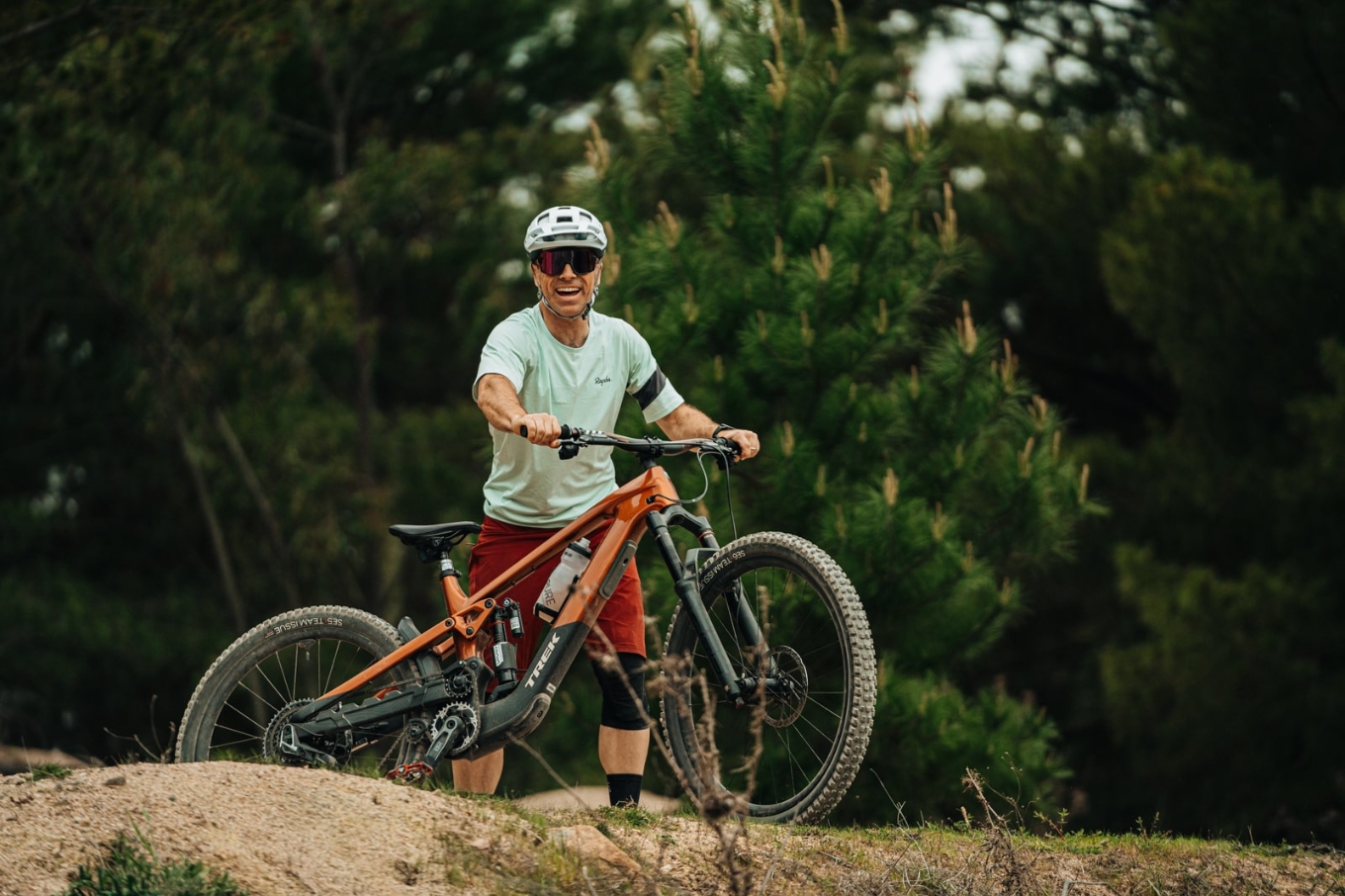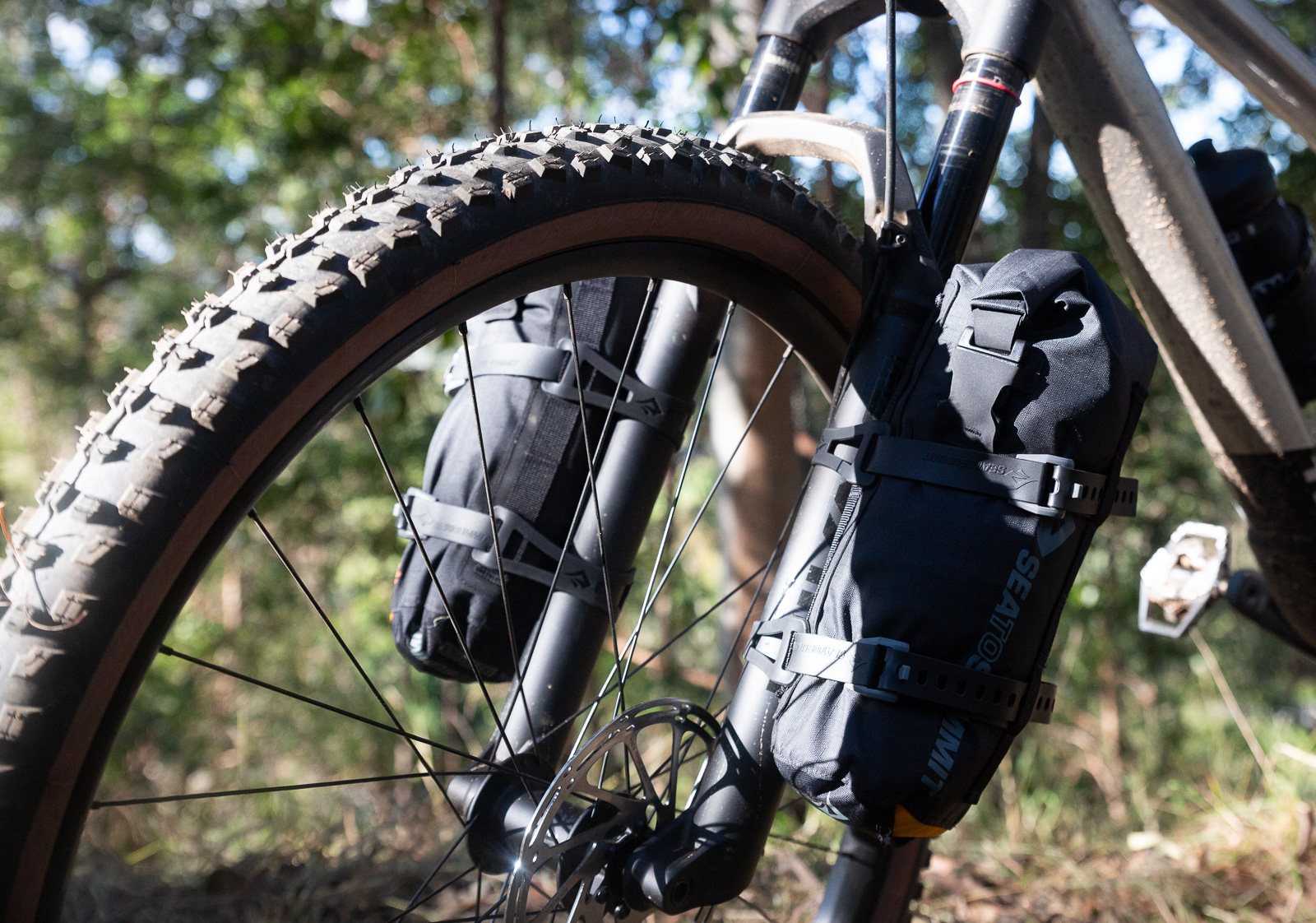TESTED: 2022 Trek Rail 7 e-bike
The Trek Rail is Trek’s most aggressive eMTB offering.
Photographer: Tim Bardsley-Smith
Tester: Will Shaw
Riding Experience: More than my looks would suggest
Generally Rides: Moustache Game 6, Norco One25, Norco Section A1
Height: 186cm
Weight: 84kg
Bike Test Track: Newcastle and surrounds
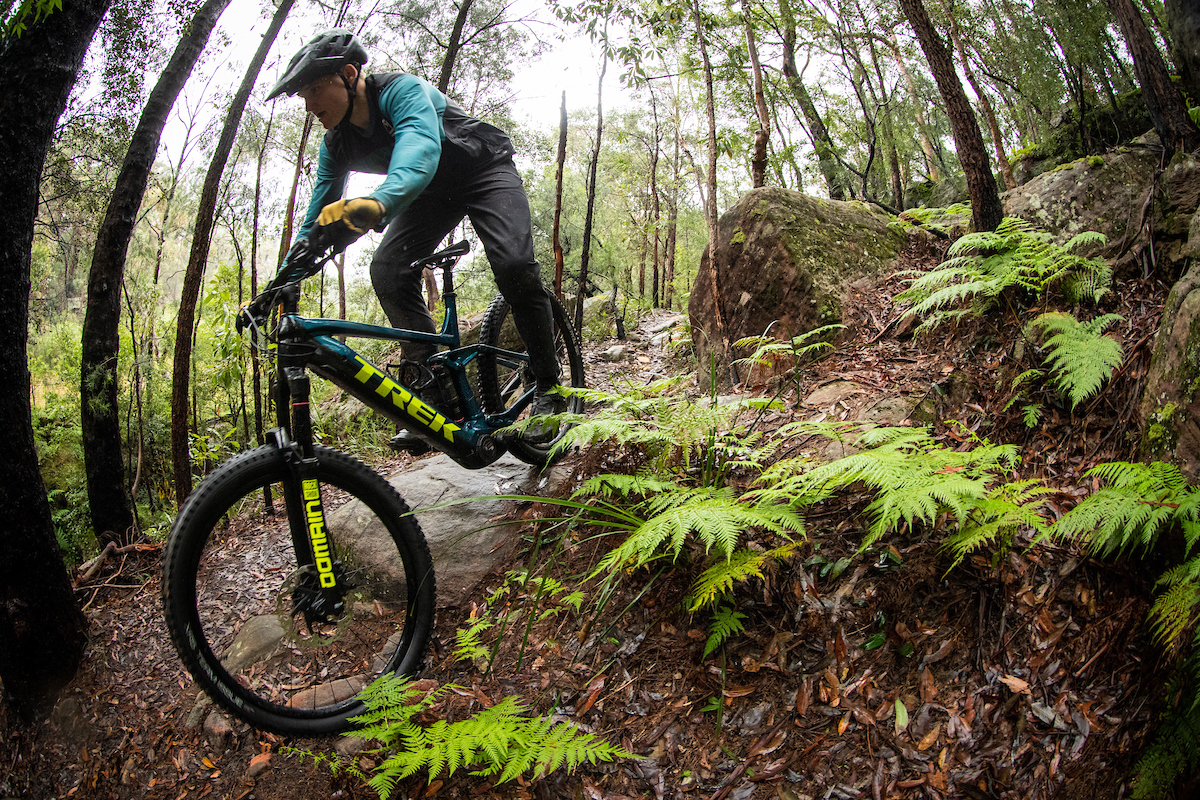
The Trek Rail is Trek’s most aggressive eMTB offering. Pairing 160mm of front travel with 150mm in the rear, the Rail has been in Trek’s line up in its current iteration since 2020. The Trek eMTB range also includes the Powerfly FS, which pairs a 120mm fork with 100mm of rear travel.
I reviewed the 2021 Trek Rail 9.8 XT in late 2020, which was the carbon version of this bike. For 2022 the two carbon models of the Rail have moved to Bosch’s new Smart System, which uses a 750Wh battery. The lower priced Rail 9 and Rail 7 stick with Bosch’s Generation 4 Performance Line CX Motor and 625Wh battery. There’s a significant difference in the pricing of the Smart System versus non-Smart System models with the Trek Rail 9.9 XTR (Smart System) selling for $15,999 and the Trek Rail 9.8 XT (Smart System) coming in at $12,499. Conversely, the Trekl Rail 9 is $10,999 and the Trek Rail 7 on test here is $9499.
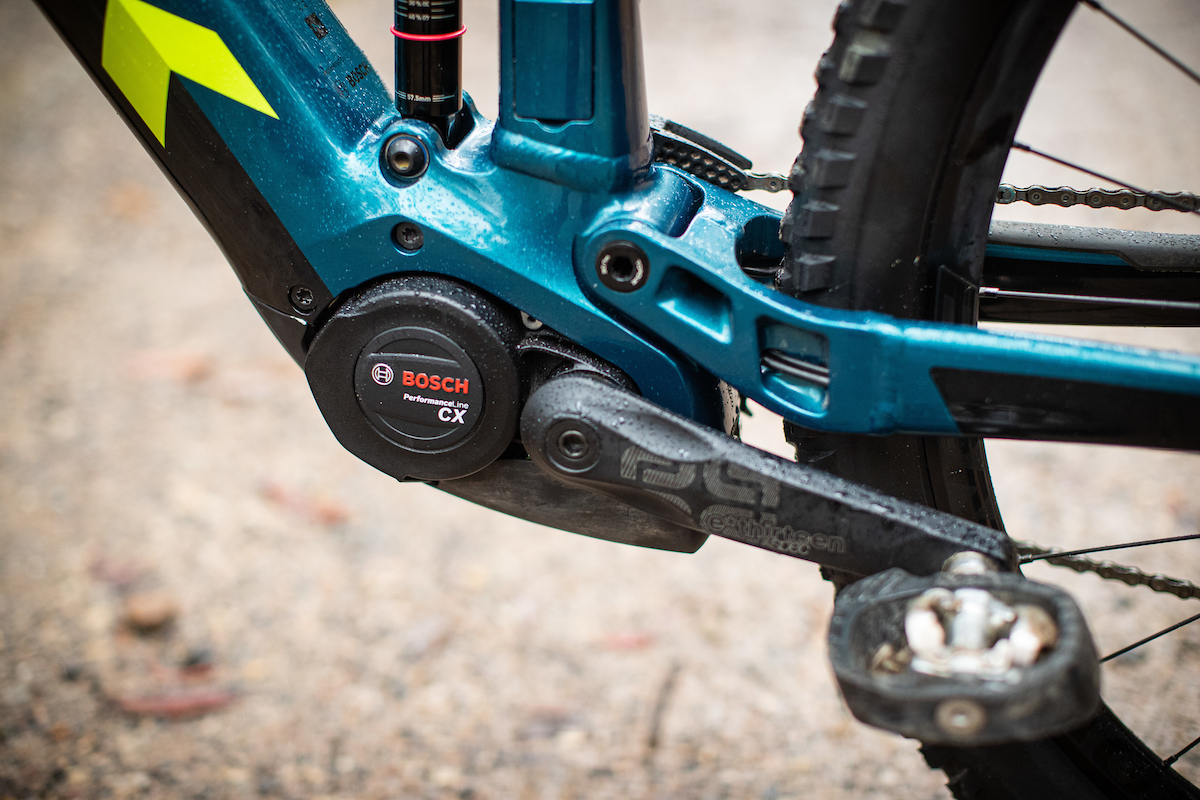
So, at $1500 from its nearest alloy competitor, and $5500 from the top-of-the-line Rail 9.9 XTR, the Rail 7 is very much the budget-oriented model in the Rail line up. Being familiar with the bike’s geometry having ridden the old 9.8 XT with identical geometry, I was excited to see if the value focused spec package would deliver similar performance.
In terms of comparable bikes on the market, with its Bosch Performance Line CX Motor the Rail 7 is competing with other long travel Bosch eMTBs from brands such as Cube, Scott, Moustache, and Orbea.
Initial Impressions
Whilst the 9.8 I tested in 2020 was a carbon frame, the Rail 7 is an all-aluminium affair (except for the magnesium rocker link). The frame retains the exact same geometry, as well as additional Trek features including the Knock Block headset and Mino Link geometry adjustability.
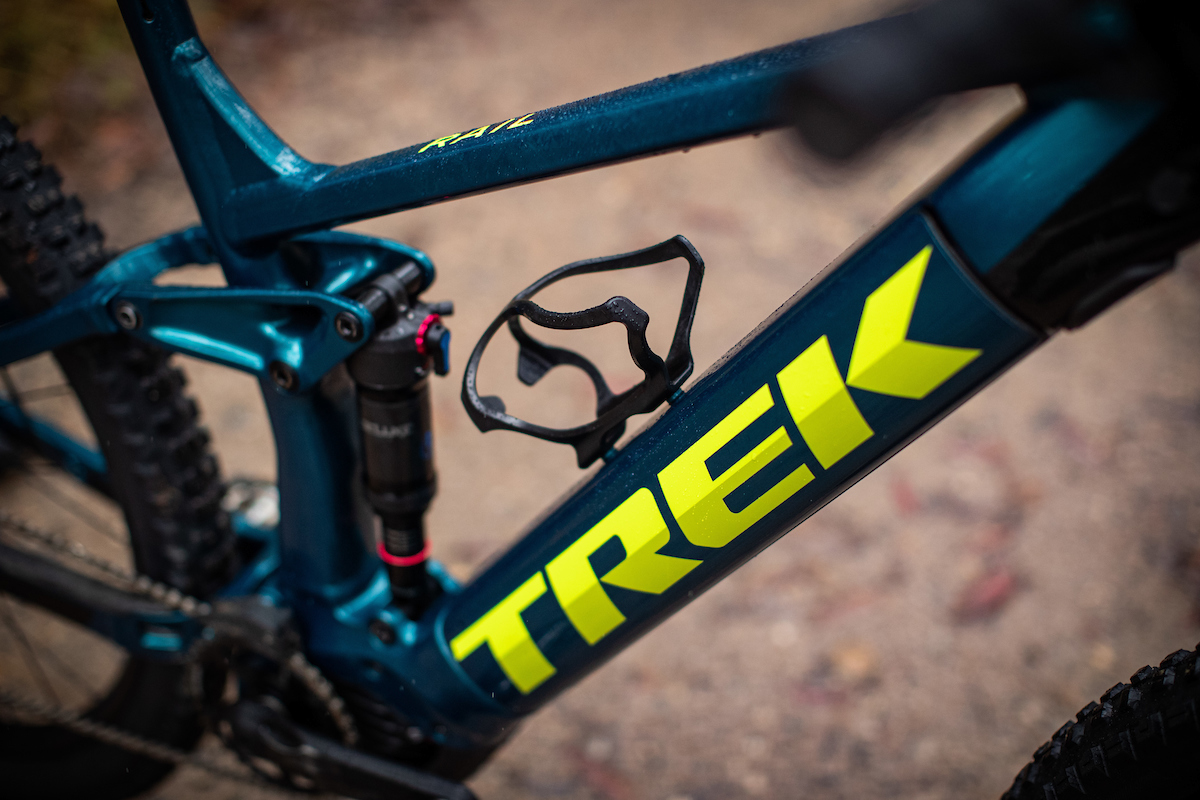
My XL Rail 7 weighed in at 24.6kg without pedals and with 90ml of sealant in each tyre. This is about what I’d expect for an XL long travel eMTB with burly components. The bike I received was in the Dark Aquatic/Trek Black colour, and there’s also a Mercury/Dnister Black colour.
One highlight of the 9.8 XT I reviewed in 2020 was the custom RockShox Super Deluxe Thru Shaft shock, which was the most supple air shock I’ve ever ridden. The Rail 7 features a standard RockShox Deluxe Select +, which does the job but doesn’t have the incredible sensitivity of the custom Super Deluxe Thru Shaft. The shock is a breeze to setup though, with Trek’s suspension calculator offering good base settings, and the only external adjustments being two compression settings (open and firm) and 10 clicks of rebound.
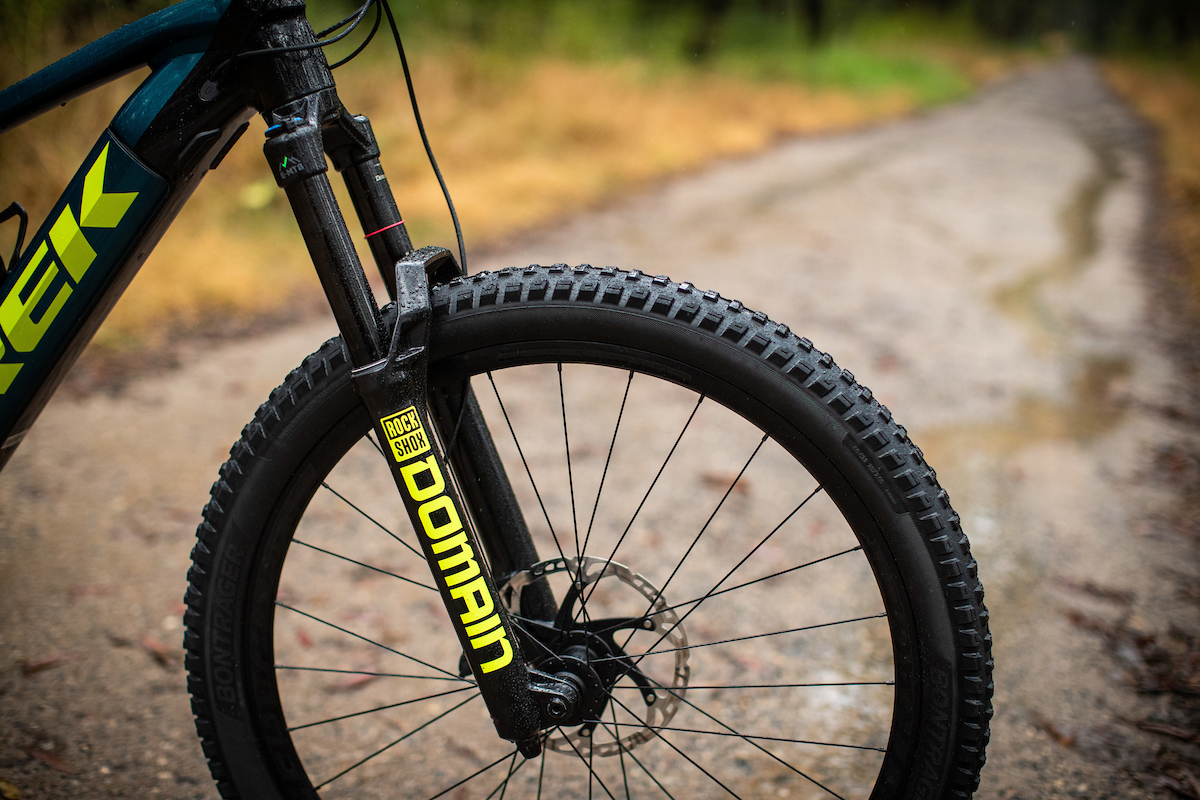
Sticking on the suspension theme, the Rail 7 was the first opportunity I’ve had to ride the RockShox Domain RC fork. The Domain features 38mm stanchions like the ZEB but comes equipped with RockShox’s older Motion Control damper. The fork has low-speed compression, rebound, and bottom out adjustment via tokens. On the Rail 7 it comes with 160mm of travel. I was pleasantly surprised by the performance of the Domain, which I’ll touch on more later.
With less external adjustments than a bike with higher end suspension, setting up the Rail 7 was a simple process. I lopped the bars down to my preferred 760mm, which is made easy by Trek’s guides on the Rhythm Handlebar. The left-hand side of the cockpit required some adjustment to get comfortable with, as the rear brake, dropper lever, and Bosch Purion display all use their own mounts. I ended up with the Purion display a touch far from my thumb for my liking, but I was still able to reach it to change modes when necessary.
The drivetrain and brakes are a full Shimano 12-speed affair. The hybrid drivetrain meshes an SLX shifter and chain with an XT mech and a Deore cassette. The Shimano M6100 levers mated to four pot M6120 calipers are unmatched at their price point.
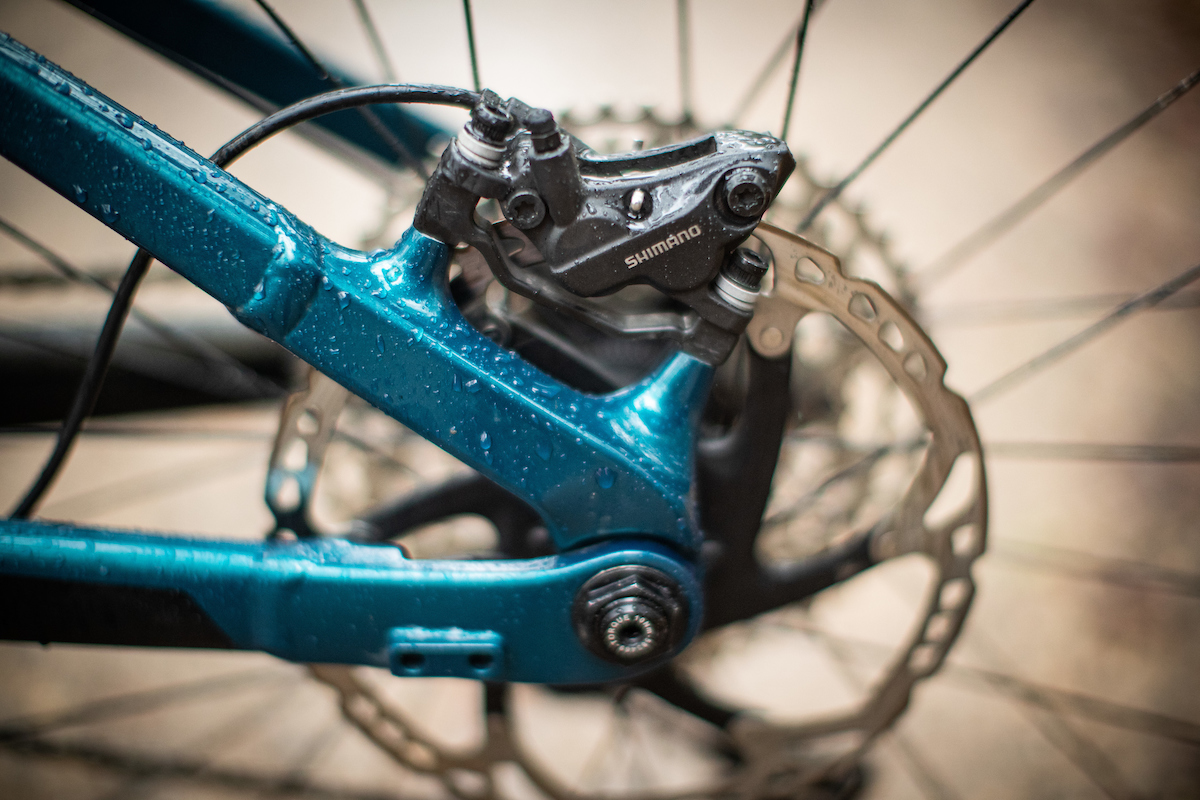
Bosch’s Performance Line CX Motor is the same motor as the Smart System motor that comes on the higher end models in terms of specifications (85Nm of torque, up to 340 percent assistance), and the 625Wh battery lets you do a hell of a lot of riding if you’re happy to put some work in.
On The Trail
As I’d spent a fair bit of time on the 9.8 XT, I immediately felt at home aboard the Rail. Despite its relatively roomy front end (the XL I tested in the low setting has a 495mm reach) and weight, the Rail 7 can be ridden with a more active ride style than many other eMTBs. I think part is this is down to the excellent front to rear balance (495mm reach matched with 448mm chain stays), and part of it is down to the active suspension.
Despite having a far lower price tag than the ZEB range of forks, the Domain RC’s performance is very close to its pricier sibling. With low-speed compression, rebound, and the ability to add or remove tokens for bottom out control the Domain RC is a tunable fork with a fantastic ride feel. One thing I like about forks with 38mm stanchions is the stiffness they provide when you’re on the brakes in steep terrain. The Domain RC didn’t give up anything compared to the ZEB Select on the Rail 9.8 XT in this department.
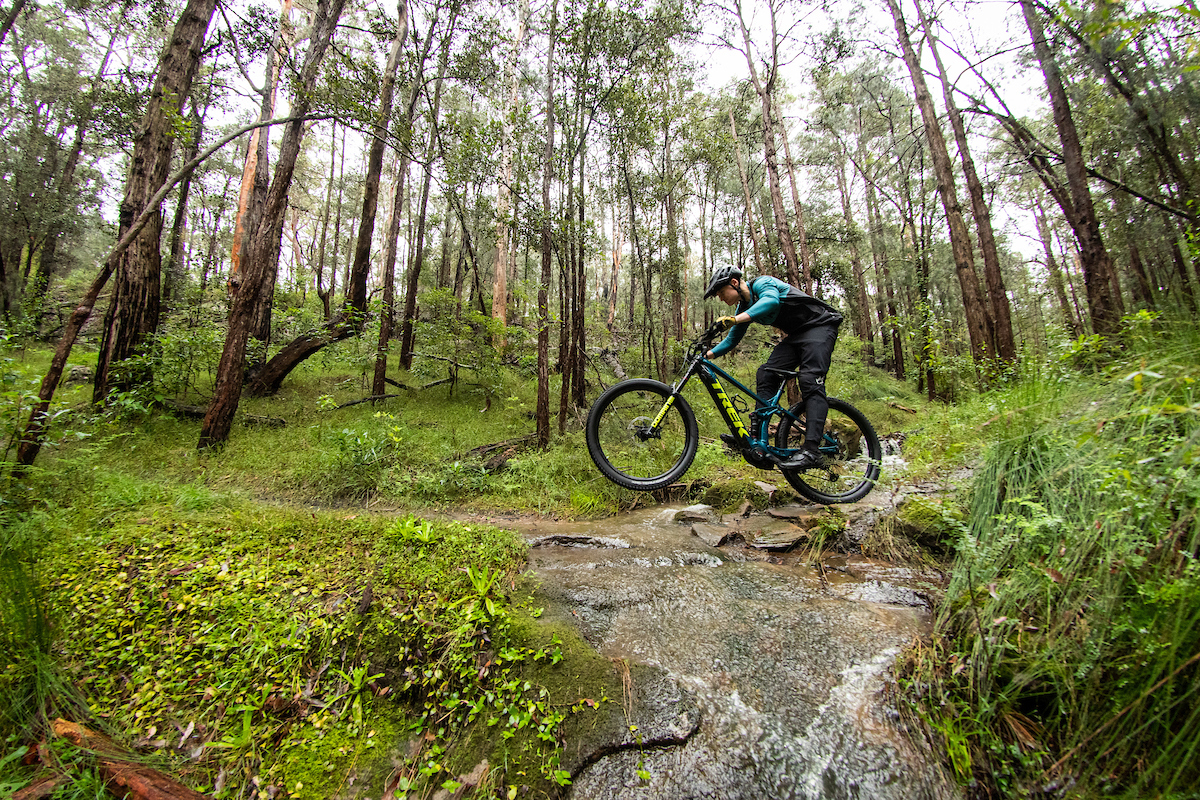
The rear end of the Rail 7 features similarly impressive suspension. The Deluxe Select Plus Shock isn’t as supple as Trek’s custom Super Deluxe Thru Shaft that comes on the 9, 9.8 XT, and 9.9 XTR, but it does provide great traction and support across a range of trail situations.
I didn’t use the Mino Link adjustment during testing as I tried it on the 9.8 XT, and I think the lower setting suits the Rail’s aggressive intent much better. One reason I would consider going to the higher setting would be to raise the bottom bracket if I was taking on super technical climbs where you’re likely to hit your motor case on obstacles. I did hit the motor case on the odd obstacle, but overall, I prefer the feel of the lower bottom bracket and slacker head angle.
One difference between the 2021 Rail 9.8 XT and the 2022 Rail 7 is Trek’s proprietary eMTB Lite mode. Trek’s eMTB Lite mode offers assistance that varies between 140 percent (Tour mode) and 250 percent. This is most similar to a mode used by other Bosch brands called ‘Tour +’, which offers assistance from 60 percent right through the maximum assist on offer with the Performance Line CX Motor, which is 340 percent.
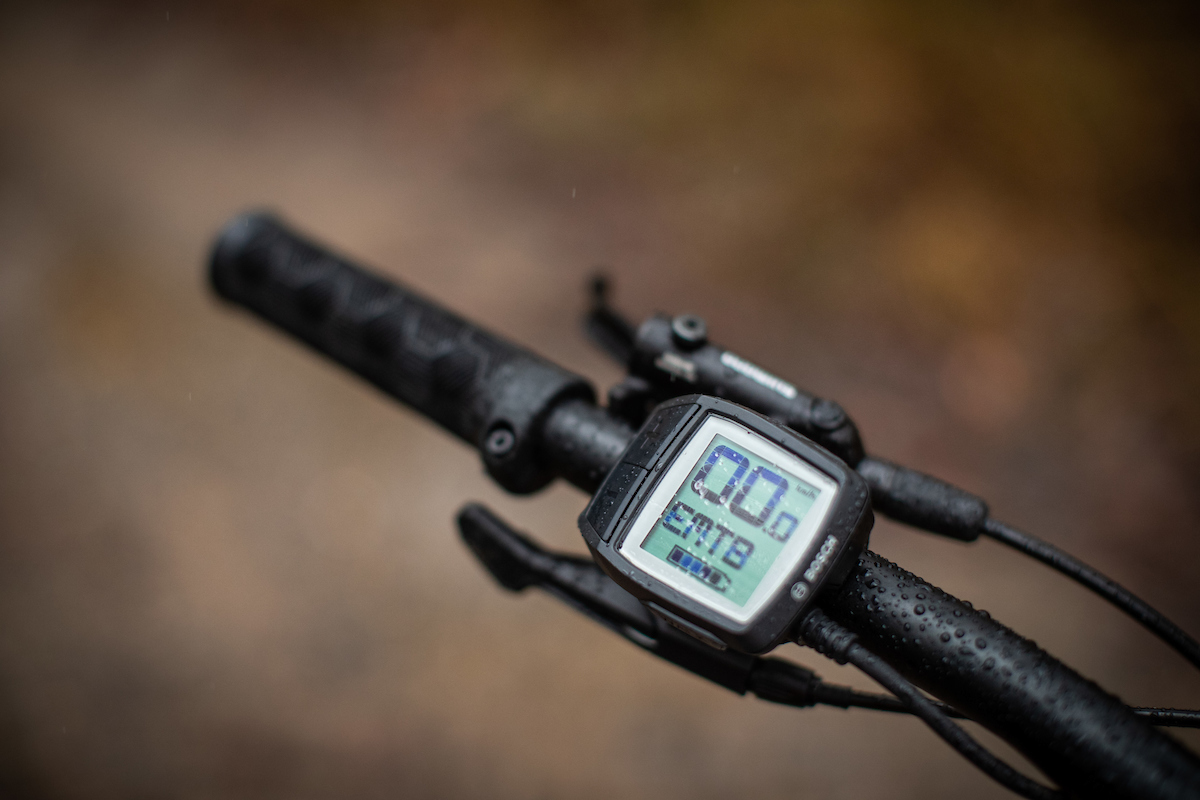
eMTB Lite is a great mode to use out on the trails. As the maximum assist is 250 percent rather than 340 percent it stays lower in the power curve throughout most of your ride, meaning your battery will go a fair way further. Bosch’s ‘regular’ eMTB mode assists from 140 percent (which is the linear ‘Tour’ mode) through to 340 percent and tends to stay closer to the top of the power curve. eMTB Lite does a good job of letting you do more of the work on climbs that aren’t too steep, and then kicking in when you need it on punchy climbs. It’s a set and forget setting which really lets assistance blur into the background.
The additional range offered by eMTB Lite appeared to be around 300-400 additional vertical meters from my very uncontrolled testing. If I go for a ride where I session descents by climbing a fire road in eMTB and Turbo Mode I’ll normally get around 1000 meters of climbing in before I’ve used the entire battery (I weigh around 84kg, plus kit). With eMTB Lite I was getting 1300-1400 meters.
Our Take
The Trek Rail 7 offers a lot of long travel eMTB performance at a much lower price point than the pointy end of the eMTB market. Time and time again when I ride Shimano’s lower end drivetrain and brake products, I question why anyone would need anything more.
My one concern about the Rail 7 was the Domain RC fork, having not ridden one before. My concerns were proven to be unnecessary as the Domain RC offers most of the ZEB range’s performance at a fraction of the cost.
The Rail sits in between different models offered by other brands due to its geometry and componentry. For example, Scott offer their Genius eRide, which has a 160mm fork paired with 150mm of rear travel, but throughout the range they spec forks with 35 or 36mm stanchions and the angles are slightly less aggressive than the Rail. Scott also have the Ransom eRide, which pairs a 180mm fork with 170mm of rear travel.
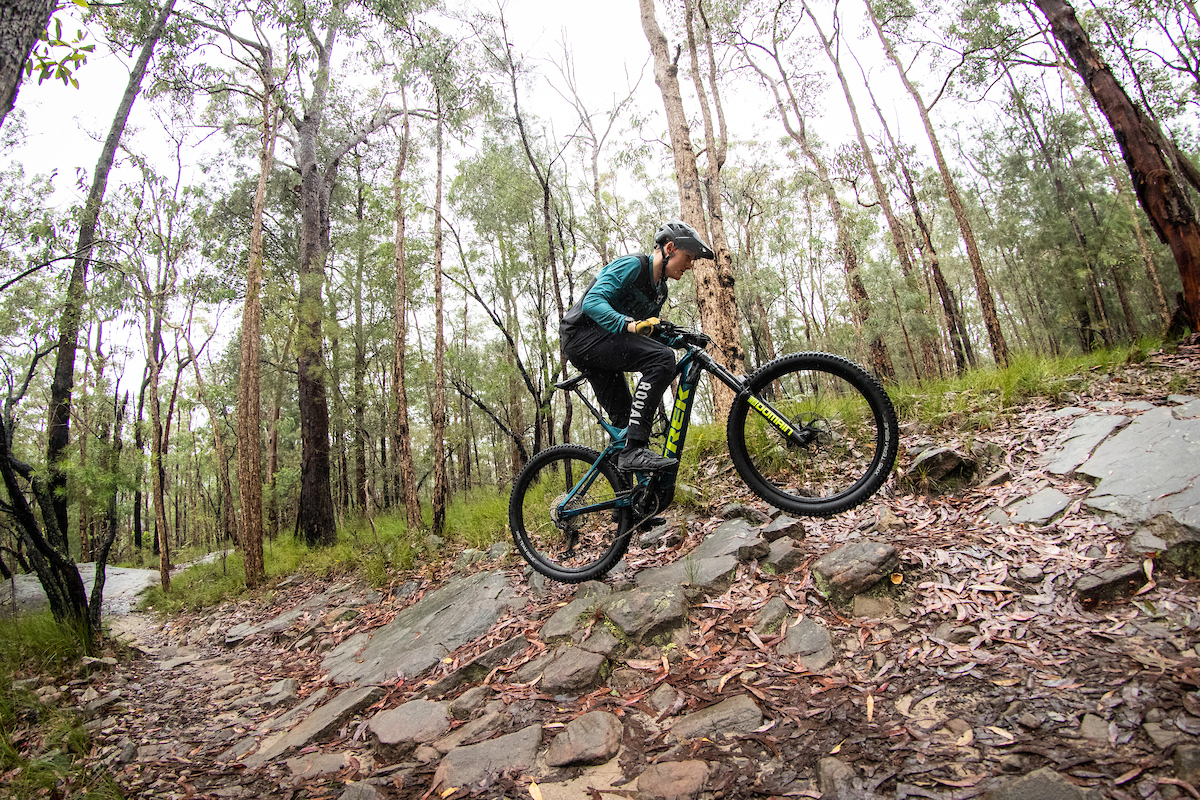
As Trek only have the Rail in their long travel eMTB line up, it needs to be able to ride both undulating terrain and be capable of more gravity specific usage. While I think they’ve done a great job with both geometry and componentry to achieve this, it’d be great to see a Rail with more rear travel in future, and if I was using my Rail as more of a shuttle sled, I’d be interested to see how it performs with a 170mm fork.
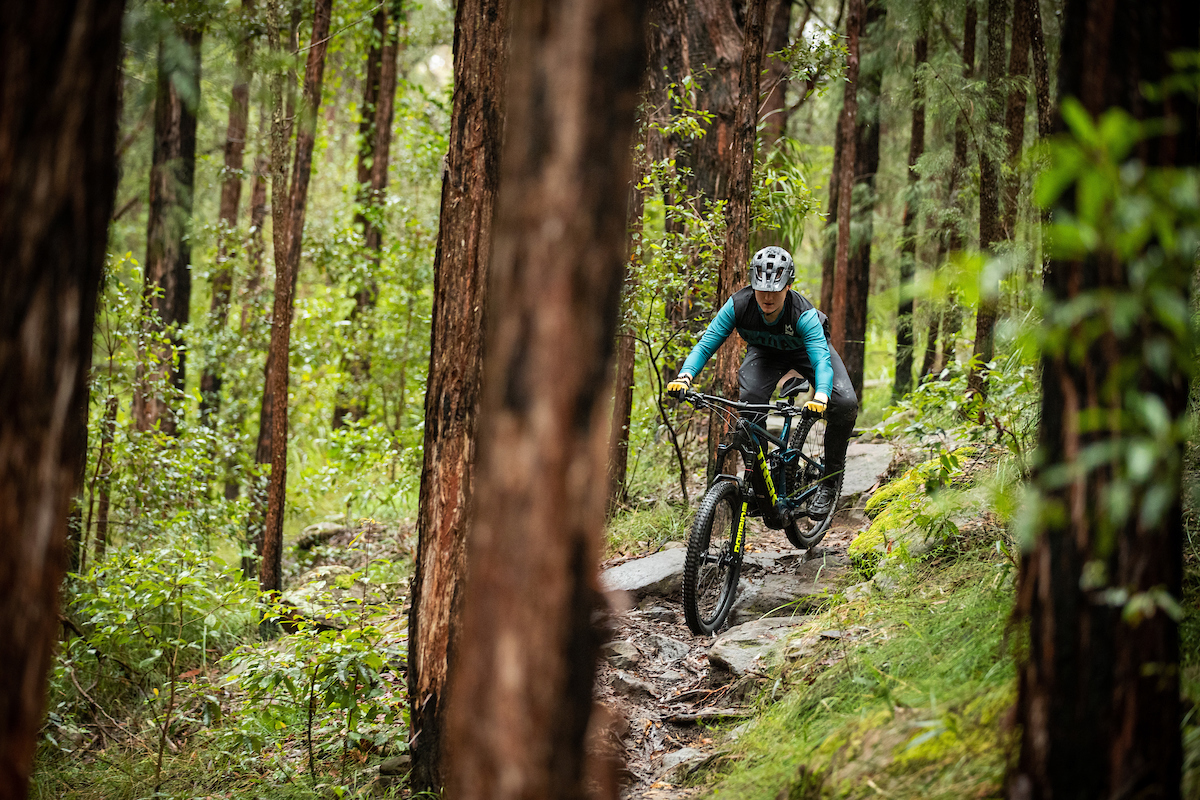
The Rail is in the ballpark price wise compared to other eMTBs in this travel bracket including the Scott Genius eRide 920 and Focus Jam Squared 6.9, although as I said it probably straddles between those models and Scott’s Ransom eRide range and Focus’ Sam squared range. Whilst those models have more travel than the Rail, I feel that the Trek Rail’s use of RockShox’s 38mm forks and more aggressive geometry make it more suitable to gravity riding than the Genius eRide and Jam Squared.
If you’re tossing up between the Rail 7 and the other Rail models on offer, aside from the bigger Smart System battery on the 9.8 XT and 9.9 XTR there are also some geometry differences. The Smart System bikes come with steeper seat tubes, slightly slacker headtubes, higher bottom bracket heights, longer reaches, and longer wheelbases. If you’re not concerned about the range offered by a 625Wh battery and you want a reliable and capable long travel eMTB, the Trek Rail 7 is a great choice. You could even buy a spare battery and still be ahead in terms of total cost.
Want more e-bikes?
Read our Specialized Levo Comp Alloy review
Read our 6 Unexpected Benefits of E-MTBS

